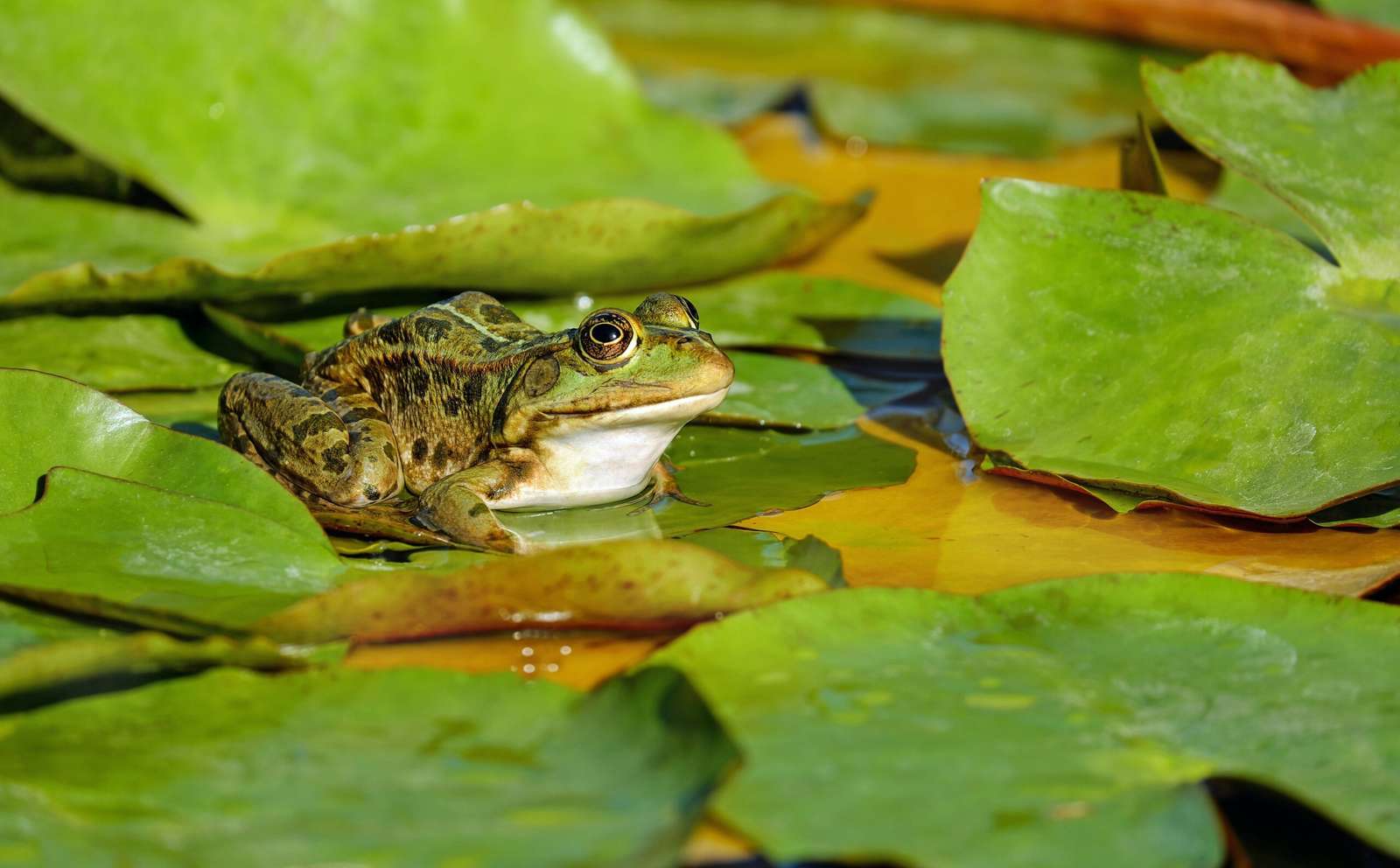Studies on the dangers of microplastics have a tendency to concentrate on the threats to human health and their presence in the food chain. According to a recent study, they also threaten the quality of freshwater ecosystems by affecting a variety of frog species.
90% of the 27 frogs from nine different species studied in Bangladesh's Bengal Delta had significant amounts of microplastics in their gastrointestinal tracts. According to the study, which is the first of its kind in the nation, eating microplastic can seriously harm one's health and even result in death.
As in many other nations in the Global South, plastics are widely used and frequently disposed of in the environment, notably in rivers and other bodies of water. They disintegrate into smaller and smaller pieces as they flow downstream, eventually becoming microplastics that animals like frogs consume.
“Ingestion of plastic damages the frog’s stomach and leads it to collapse. Frogs that have been exposed to plastic die as a result,” said study co-author Shafi Mohammad Tareq, a hydrobiogeochemist at Jahangirnagar University in Dhaka.
Biodiversity and agriculture under threat
A healthy wetland ecosystem must have frogs because they preserve biodiversity, maintain the natural ecological balance, and act as an ecosystem health indicator. They are crucial for rice farming in Bangladesh as well because they act as a natural pest control by eating insect larvae that would otherwise destroy the crop.
However, human-caused problems, such as the excessive use of fertilizers and pesticides in rice farming, plastic pollution, and the loss of habitat and breeding grounds, have long threatened their existence. Threats at one point included gathering the frogs for butchering and exporting their legs as a delicacy. However, Bangladesh outlawed this practice after discovering a correlation between falling frog populations and diminishing rice harvests in those regions.
The worry is that this same cycle could be playing out again, this time with microplastics as the main culprit, Tareq said.
“Frogs play a role in crop protection and production by eating harmful pests and insects. That’s why frogs are also called ‘natural insecticides.’ So, we can say that the endangered frog directly threatens crop production,” he said.
Bangladesh is home to 47 species of frogs, of which nine are threatened and six near-threatened, according to the IUCN, the global wildlife conservation authority.
The study calls for planned actions to conserve frog populations and thereby protect the environment and ensure a safe food supply. It warns that when frog populations decline due to exposure to microplastics, the ecosystem will be severely disrupted.
A 2022 study analyzing the ecological risk of microplastics on aquatic ecosystems found an abundance of the pollutant in surface water and underlying sediments of several lakes and peripheral rivers of Dhaka. The Bangladeshi capital is one of the world’s most populous cities, generating much of the 8,000 metric tons of waste produced daily across the country. Nearly a tenth of this solid waste is plastic, for which there’s no proper disposal.
The study, on which Tareq was also a co-author, found microplastics present in water and sediment samples from across Dhaka and surrounding areas, at levels higher than in the same type of ecology in Shanghai, the largest urban area in China.








.svg)

